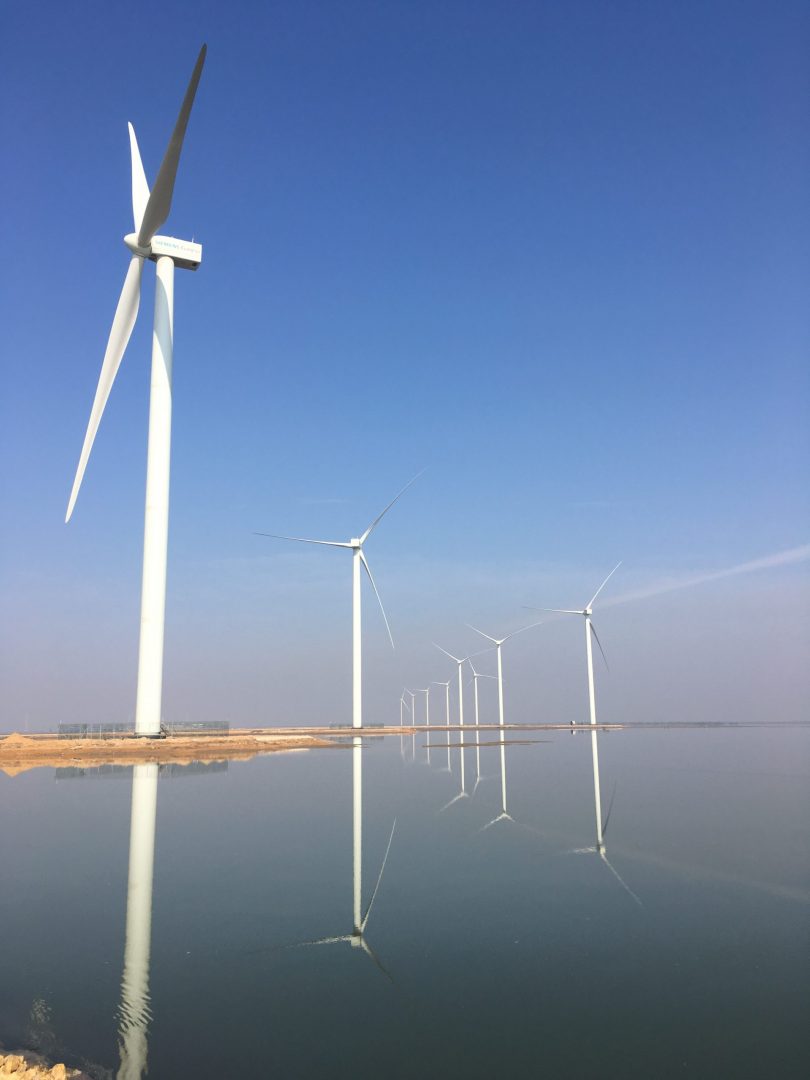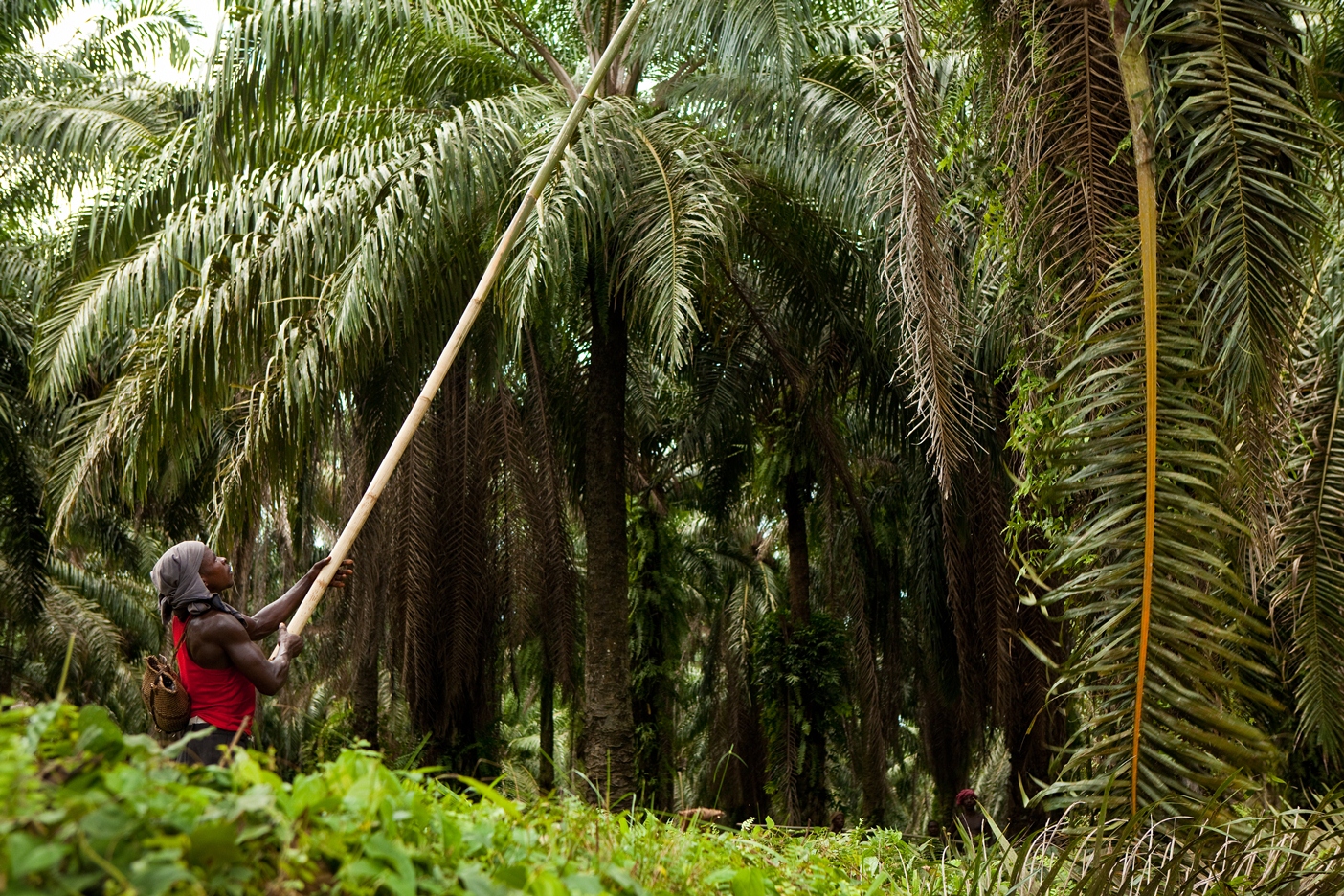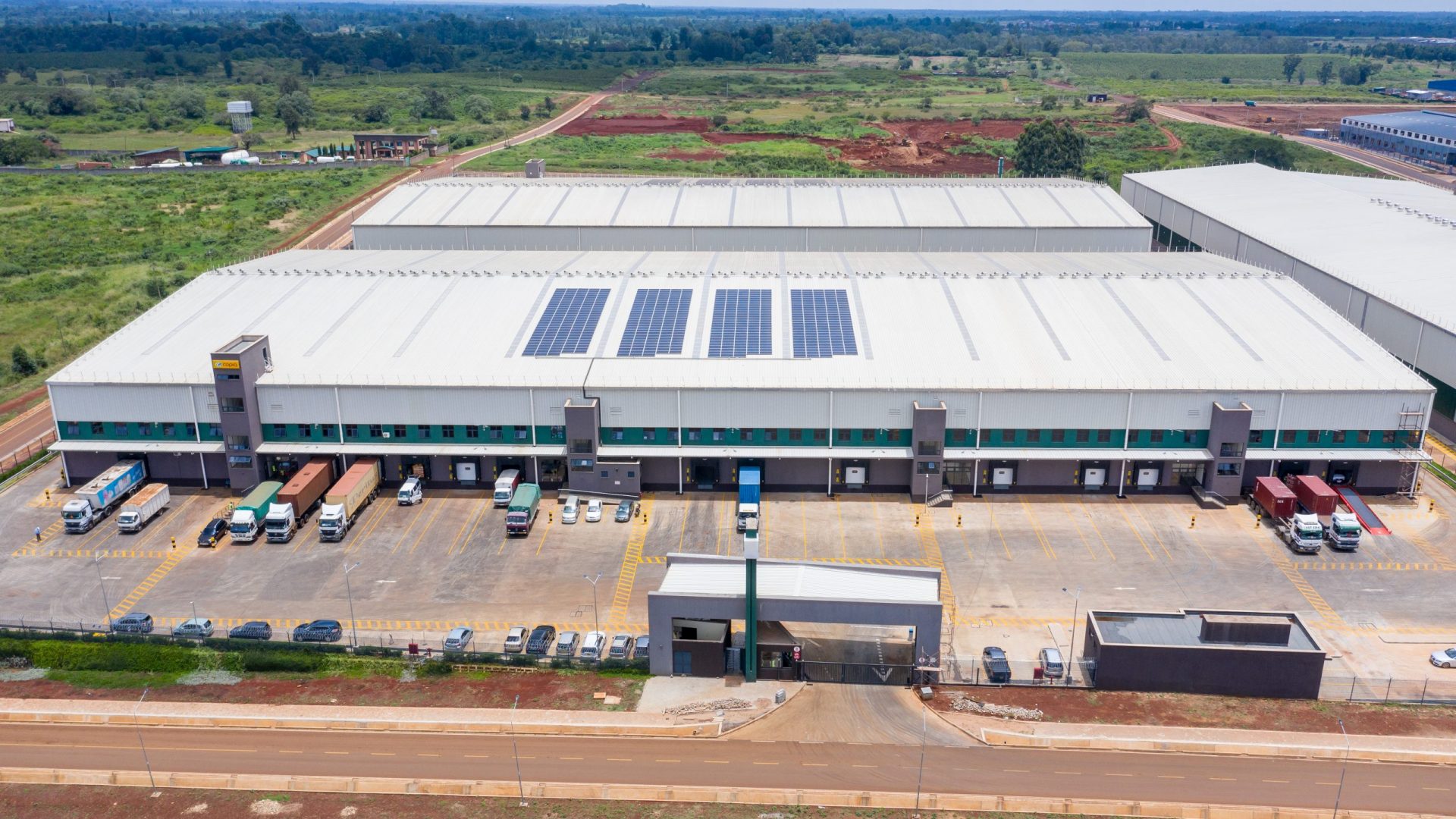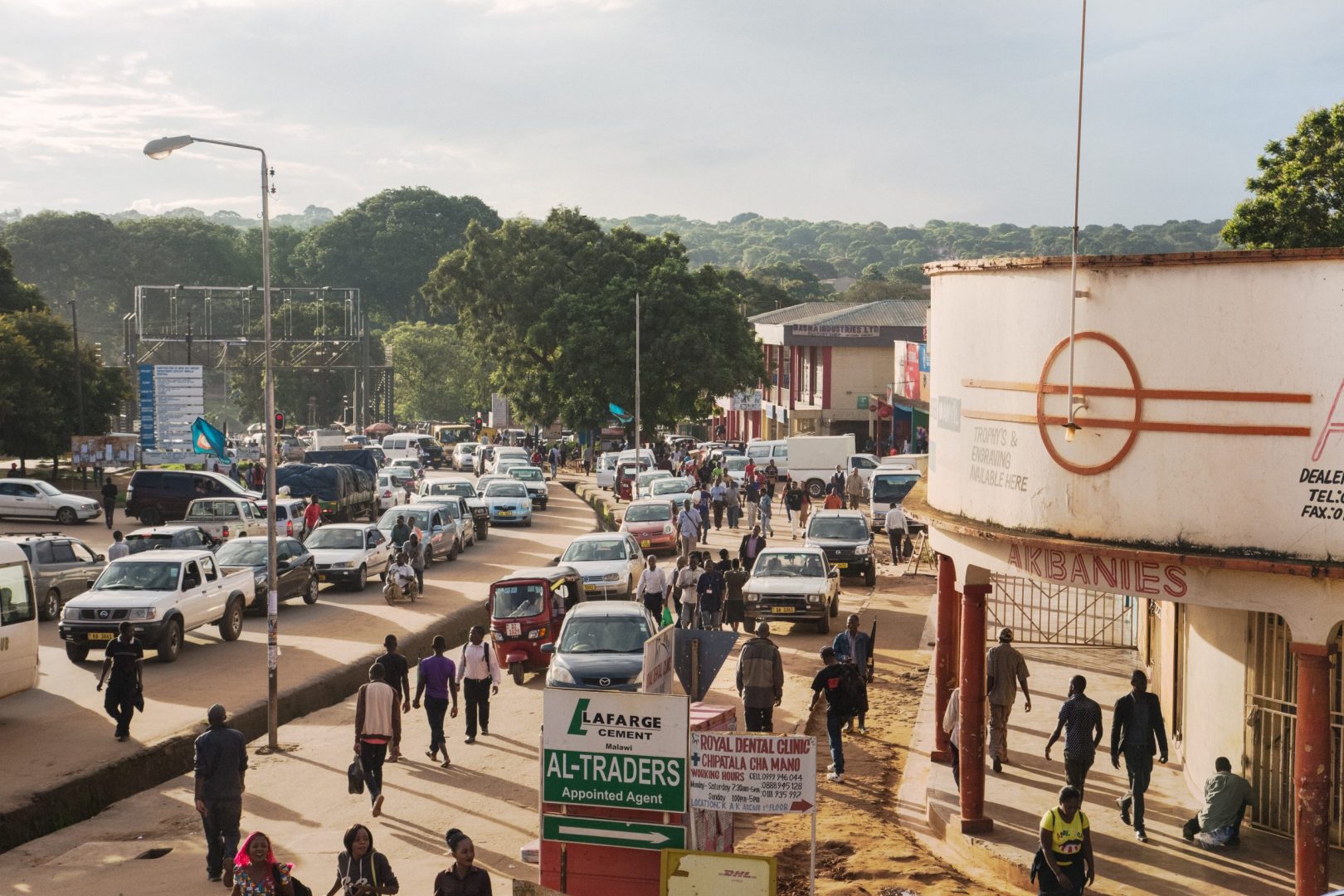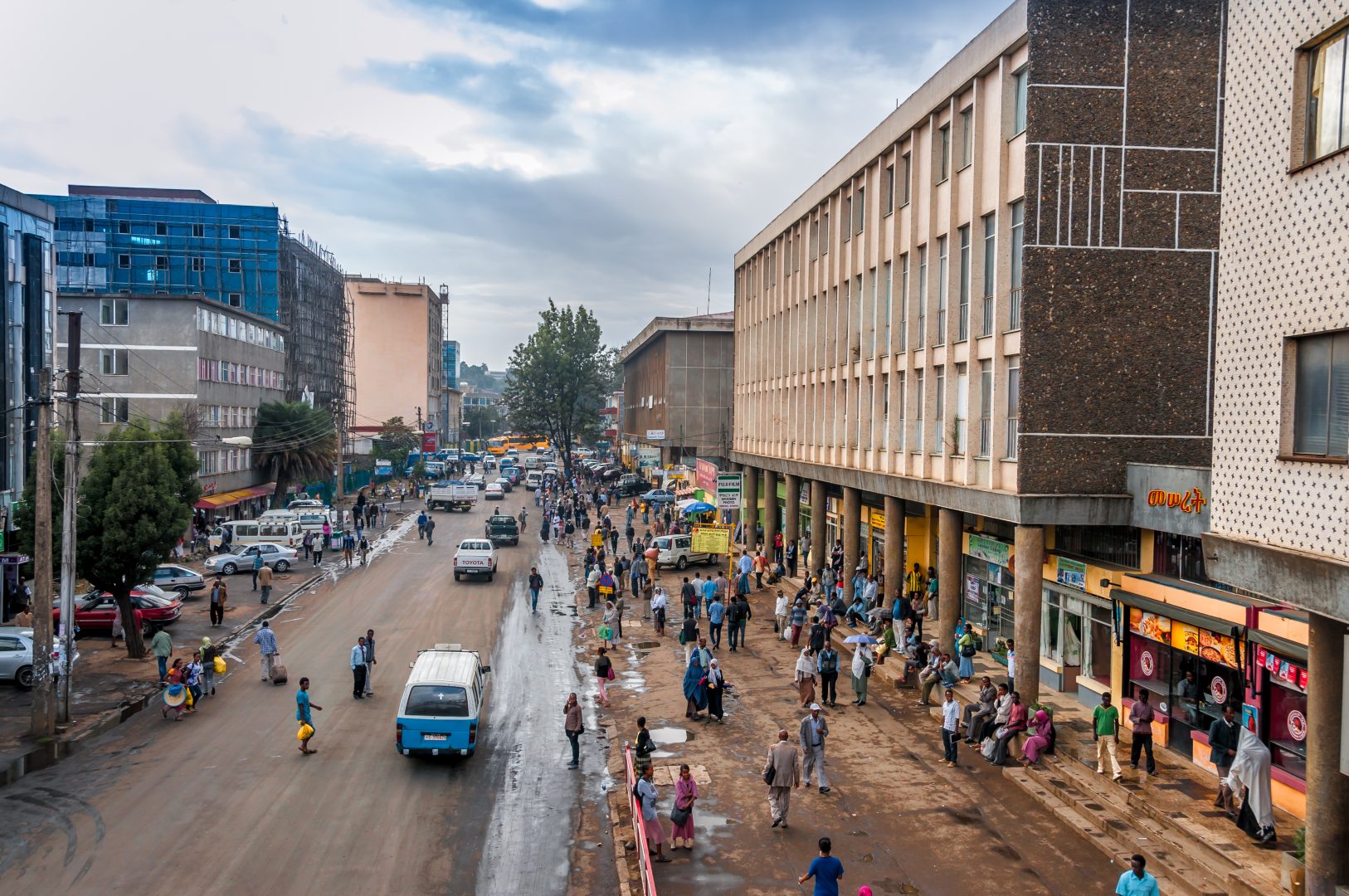As impact investors, development finance institutions (DFIs) measure success in two ways. First, we’re looking at whether the businesses we invest in have a positive economic, environmental or social impact. And second, we’re looking at how commercially sustainable and successful a business is.
These two metrics of success, impact and financial return, go hand in-hand. To create long-term impact a business must be financially sustainable. Likewise, commercially successful businesses can increase their impact through growth and expansion.
On the second of these metrics – financial return – we’re seeking a return on our investment that moves beyond the financial. These returns matter because they can be reinvested to support other businesses to grow and generate further impact.
But what exactly do DFIs, like CDC, mean by this idea of ‘impact’?
Our first guiding principle is the UN’s Sustainable Development Goals (SDGs). We begin by looking at how an investment creates impact, and which of the SDGs it is contributing to.
SDG 1, the goal to eliminate poverty is at the heart of what we do. Investment has a crucial part to play in creating the sustainable economic growth that we know is necessary for poverty reduction.
But to reach this primary goal, we must tackle a wide range of global issues. That means our impact ranges from providing economic opportunities, to improving access to goods and services, and from making positive environmental change, to improving markets.
Let’s take each of those in turn to understand more about the impact we intend to achieve.
First, providing economic opportunities. That might mean making an investment because we believe it will provide more and better jobs, that it will improve incomes, or that it will provide jobs that are inclusive, for example of women. We invested in iMerit, an AI business operating in India and Bhutan, with a 3000 strong workforce of whom over 50 per cent are women and 80 per cent from under-resourced communities, to support it to build its inclusive workforce.
Second, we might invest with the goal of improving access to goods and services. For example, we invest in power infrastructure because we know that businesses and people in the countries where we invest need better access to electricity. We might invest in a business because it will provide the access to finance businesses need to grow and succeed. Or we might invest to improve digital infrastructure because while 3.5 billion people around the world do not have access to the internet, we know that providing this connectivity helps businesses grow and strengthens local economies.
For example, we’ve invested in Liquid Telecom, a fibre and cloud provider in Africa, helping it expand infrastructure into Central and West Africa, including to places that lack affordable and reliable broadband, like the Democratic Republic of the Congo.
Third, making positive environmental change is the driving force behind many of our investments. So we invest in businesses that are helping to reducing carbon emissions – not just in the energy sector, but also in other sectors like construction and manufacturing. Take our investment in 14 Trees, an innovative company using 3D printing technology at scale to build affordable and low-carbon housing and schools in Africa. The technology reduces the carbon footprint for building new homes by up to 70%.And we invest in businesses that are providing solutions to protect economies and communities from climate change.
Finally, it’s not just about our own impact. We’re also thinking about how the investments we make can facilitate and encourage more investment into the sectors and markets we invest in. Because more private finance is key to increasing the funding available to achieve the SDGs by 2030. That means some of the investments we make are to test unproven models, demonstrating to others that it is possible to invest or establishing the platforms and methods that make it easier to do so.
As an example, Africa’s electricity networks are seen as an uncommercial sector to invest in – it’s why we’ve set up Gridworks, a platform to address this under-investment and help make the wider power sector sustainable and more attractive to private sector investment.
You’ve established the type of impact you want to achieve, so what next?
All of what we’ve just described is about the type of impact we set out to achieve, or the what. Each time we make an investment, we’re also looking at how the company we’re investing in contributes to impact. As an example, if we invested in a business providing finance to small businesses, we’d want to know how our investment would enable that company to grow, and what that would mean in turn for its ability to provide capital to those small businesses.
We also want to know who will be impacted by the investment, and how much they will be affected. Take an investment we’re making for the purpose of creating jobs – it’s important for us to understand who the jobs will go to, how many jobs we can expect to be created, and the extent to which each of those jobs might make a difference to the lives of people who gain employment.
These decisions are all considered judgements. Each time we invest, we’re making a careful assessment, balancing the likelihood of achieving our impact aims with the risk of events getting in the way of those aims.

